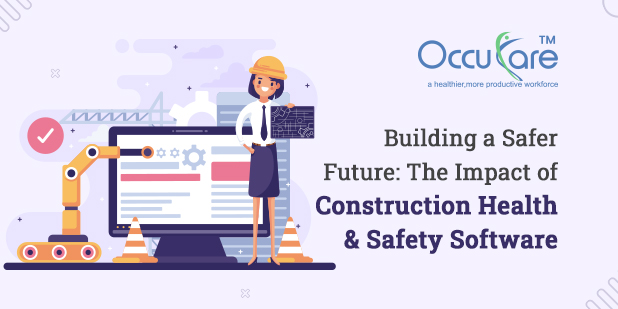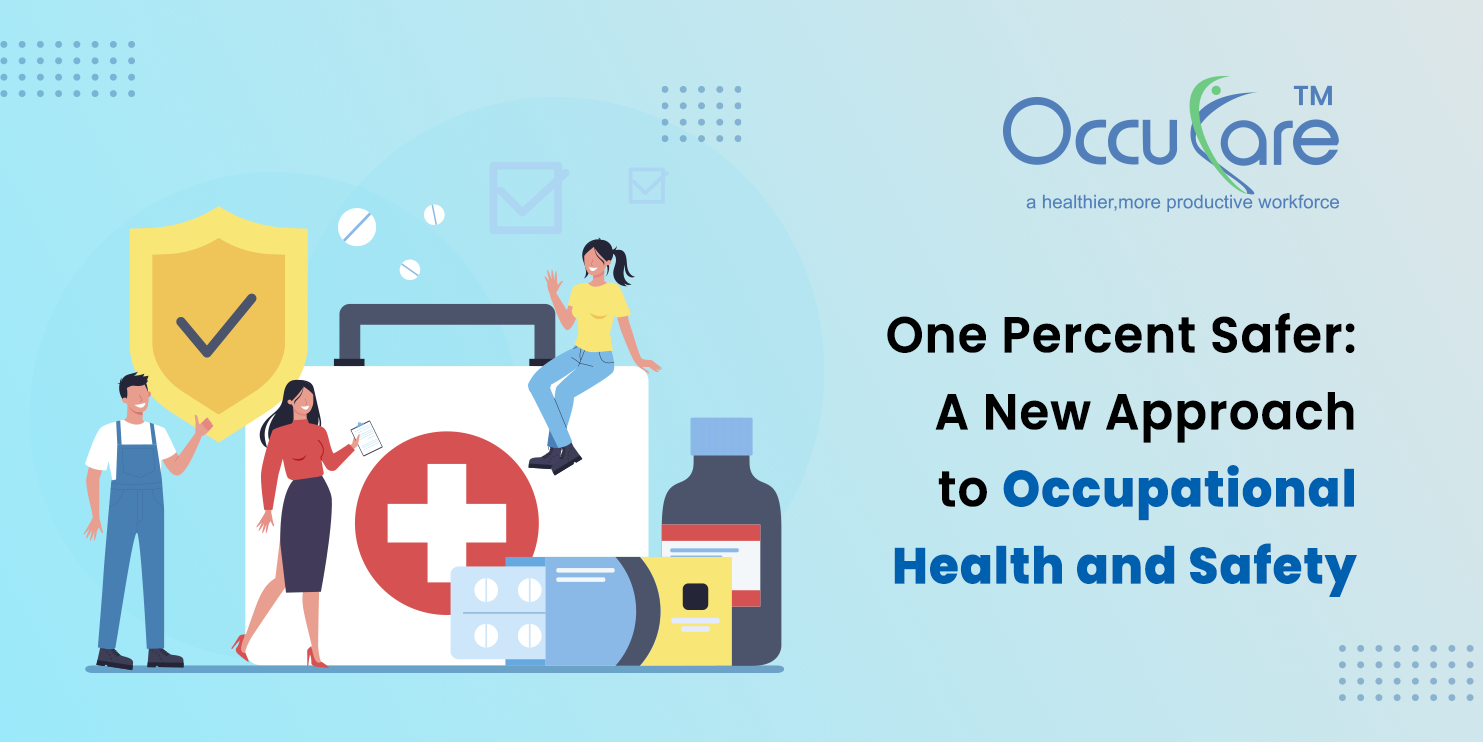Construction health and safety software has emerged as a crucial tool for building a safer future in the construction industry. This software is designed to streamline and enhance safety management processes, reduce risks, and improve overall safety performance on construction sites. Its impact on construction health and safety has been significant and continues to grow.
Let’s explore some key aspects of its impact:
1. Risk Identification and Mitigation:
Construction health and safety software allow for systematic identification and assessment of potential risks on construction sites. It enables project managers and safety professionals to create comprehensive risk registers and conduct hazard analyses. By identifying risks in advance, appropriate mitigation measures can be implemented to minimize accidents, injuries, and other safety incidents.
2. Streamlined Safety Documentation:
Traditionally, safety documentation in construction has been a time-consuming and cumbersome process. Construction health and safety software simplifies this task by providing digital platforms for creating and managing safety documents, including safety plans, permits, inspections, incident reports, and training records. These platforms facilitate easy access, retrieval, and update of critical safety information, improving compliance and accountability.
3. Real-time Monitoring and Reporting:
Construction health and safety software often incorporate real-time monitoring capabilities using IoT (Internet of Things) devices and sensors. This allows for continuous tracking of safety parameters such as air quality, noise levels, temperature, and worker location. By monitoring these factors, potential hazards can be identified promptly, and appropriate actions can be taken to prevent accidents.
4. Training and Education:
Effective training is essential for promoting a safety-conscious culture in the construction industry. Construction health and safety software often include features for delivering training modules, quizzes, and assessments. This enables workers to receive relevant safety training on-demand, ensuring they have the necessary knowledge and skills to work safely on-site. Moreover, software platforms can provide regular safety reminders and updates, reinforcing safe practices among workers.
5. Data Analysis and Insights:
Construction health and safety software generates valuable data and analytics regarding safety performance on construction sites. By analyzing this data, patterns, trends, and areas of improvement can be identified. Safety professionals can gain insights into the root causes of accidents and incidents, allowing for targeted interventions and the implementation of proactive safety measures.
Key features of Health And Safety Software:-
Health and safety software encompasses various features that contribute to its effectiveness in managing safety in the workplace. Here are some key features commonly found in health and safety software:
1. Incident Management:
Health and safety software provides a systematic approach to incident management. It allows users to record and track safety incidents, near-misses, and accidents. The software enables capturing details such as incident location, date and time, individuals involved, injury severity, and contributing factors. Incident management features help in timely reporting, investigation, and analysis of incidents to identify trends and take appropriate corrective actions.
2. Risk Assessment:
Health and safety software facilitates the assessment and management of risks in the workplace. It provides tools to identify hazards, evaluate their likelihood and potential consequences, and assign risk ratings. The software allows for the creation of risk assessments, including risk matrices and control measures. It aids in prioritizing risks, implementing preventive measures, and monitoring their effectiveness over time.
3. Safety Inspections and Audits:
Health and safety software assists in conducting safety inspections and audits. It enables users to create checklists, schedule inspections, and perform assessments against regulatory standards and organizational requirements. The software streamlines the inspection process, allowing for efficient data collection, evidence documentation, and non-conformance identification. It also supports the generation of inspection reports and tracks the status of corrective actions.
4. Safety Document Management:
Health and safety software provides a centralized repository for managing safety documents. It allows for the creation, storage, and organization of safety policies, procedures, manuals, permits, training materials, and other relevant documents. The software ensures easy access, version control, and distribution of safety documents to relevant personnel. It also facilitates document review and approval processes.
5. Training and Certification Management:
Health and safety software helps manage employee training and certifications. It enables the creation and scheduling of safety training programs, tracks employee participation, and records training outcomes. The software can generate training matrices and notify users of upcoming training requirements or expiring certifications. It assists in ensuring that employees receive the necessary safety training to perform their jobs safely.
6. Regulatory Compliance:
Health and safety software assists in achieving and maintaining compliance with health and safety regulations. It helps organizations stay up to date with applicable laws, standards, and best practices. The software often includes features for tracking regulatory changes, conducting compliance assessments, and generating compliance reports. It aids in identifying gaps, implementing corrective actions, and maintaining a culture of compliance.
These features collectively empower organizations to streamline safety processes, enhance compliance, and proactively manage health and safety risks in the workplace.
Pros and Cons of Construction Health Software :-
Pros :-
- Construction health software helps in promoting and ensuring a safer work environment by facilitating effective safety management. It allows tracking and managing safety incidents, conducting safety inspections, and implementing safety protocols.
- Construction health software helps construction companies stay compliant with health and safety regulations and standards. It assists in managing and documenting safety training, certifications, and inspections, reducing the risk of non-compliance penalties.
- The software enables construction companies to identify and mitigate potential risks related to health and safety. It helps in assessing hazards, conducting risk assessments, and implementing risk control measures to prevent accidents and injuries.
- Construction health software streamlines the process of incident reporting and investigation. It allows for easy documentation of incidents, capturing relevant details, and generating reports for analysis and improvement.
- By using construction health software, companies can centralize and organize all health and safety data in one system. It provides easy access to critical information, such as safety policies, procedures, training records, and safety manuals.
- Construction health software often includes features for real-time monitoring of safety metrics and indicators. This allows companies to track and analyze safety performance, identify trends, and implement corrective actions promptly.
Cons :-
- Implementing construction health software requires dedicated time and resources for installation, configuration, and employee training. It may require adjustments to existing processes and workflows, leading to initial disruptions.
- Construction health software can involve significant upfront costs, including licensing fees, hardware requirements, and customization expenses. Additionally, ongoing maintenance and support costs should be considered.
- Getting all employees to adopt and effectively use the software can be a challenge. Resistance to change, lack of technological proficiency, and initial training requirements may hinder user adoption and hinder the software’s effectiveness.
- Like any software, construction health software may encounter technical issues such as system downtime, bugs, or compatibility problems with other software or devices. These issues can disrupt daily operations and require timely technical support.
- Storing sensitive health and safety data within a software system poses security risks. Companies must ensure robust data encryption, access controls, and regular backups to safeguard the information from unauthorized access or loss.
It’s important to consider these pros and cons while evaluating and implementing construction health software to ensure it aligns with the specific needs and challenges of your construction organization.
Conclusion:-
This application’s main goal is to encourage proactive health management and preventive measures within organizations in order to boost worker productivity and efficiently control healthcare expenditures for present workers. Check, out Occupational Health and Safety Software for industry employee health and safety.
A variety of advantages come with the effective implementation of wellness programs, including increased employee engagement and morale, increased productivity, decreased turnover, improved safety behavior, and decreased absenteeism. Additionally, according to research, implementing health and safety programs can benefit businesses by lowering healthcare expenses, reducing claims for workers’ compensation, and boosting their reputation.
OccuCare offers all the services that businesses need to manage the health of their personnel, either online or through applications that are created specifically to meet the needs and specifications of each client. Comparing the health indices of the employees’ examination rounds offers more precise evaluations of the improvement or decline in the site’s health performance.



